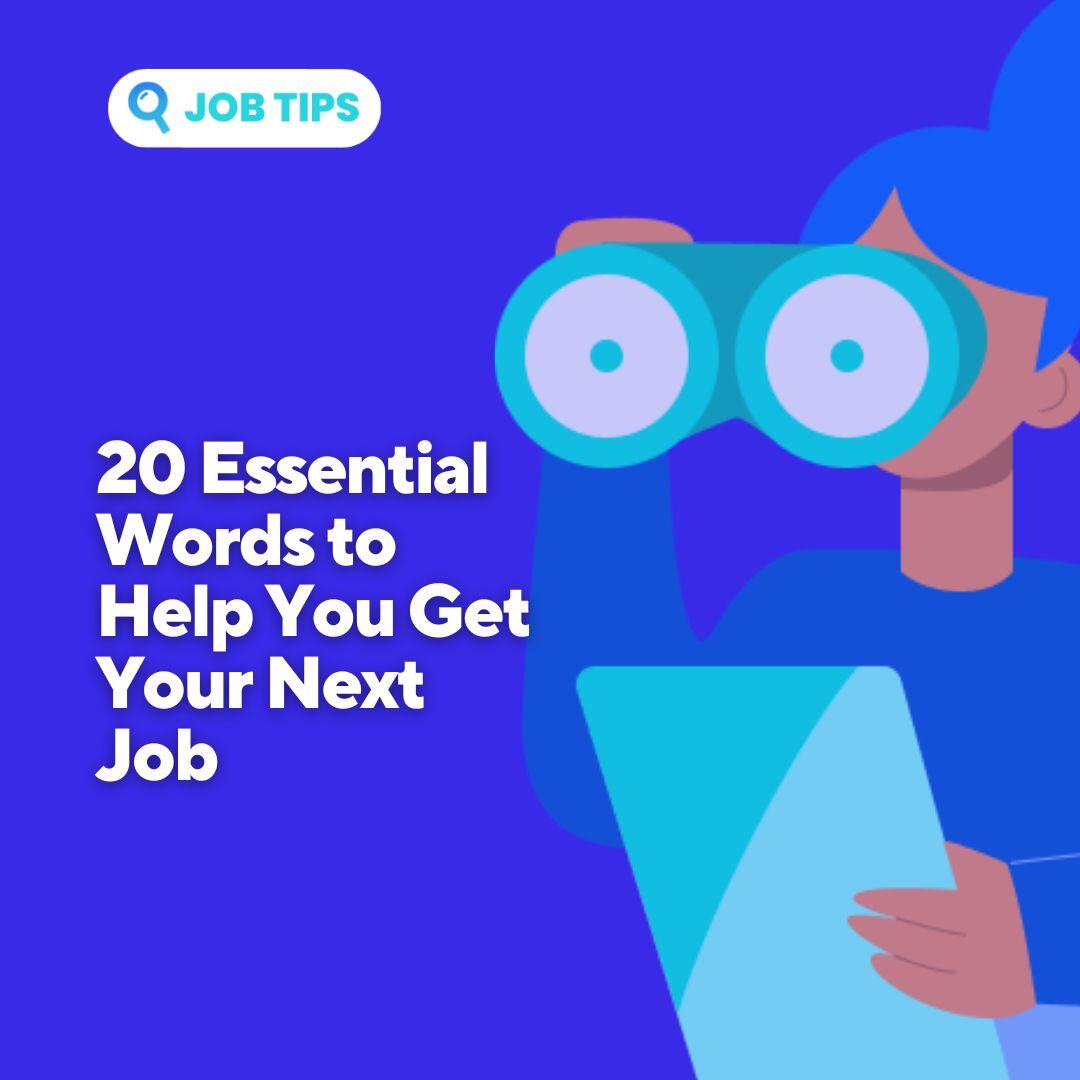
The ultimate encyclopedia for jobseekers: 20 key definitions to help you get hired
Navigating the job search process can feel overwhelming, especially with all the "career jargon" that gets thrown around. Understanding these key terms can make all the difference in how effectively you communicate with potential employers, helping you stand out from the crowd.
To make your journey a little easier, we’ve compiled 20 essential definitions every jobseeker should know. By familiarizing yourself with these, you'll be one step closer to finding the job that's right for you.
1. Job Application
A job application is a form or collection of documents (such as a CV and cover letter) that an individual submits when applying for a job. It typically includes details about your work history, education, skills, and other relevant information that allows employers to assess your qualifications. Examples of job application platforms include LinkedIn, Indeed, and company career pages.
2. CV
A curriculum vitae (CV) is a document that outlines your educational background, work experience, and skills. It is written in a professional style to highlight qualifications relevant to the job you are applying for. Remember to tailor your CV for each job application and include keywords from the job description. Unlike a resume, which is typically shorter, a CV provides a more detailed overview of your experience, especially for academic or research positions.
3. Cover Letter
A cover letter is a one-page document that accompanies your CV, explaining your qualifications, motivations, and why you’re interested in the position. A compelling cover letter can make a huge difference in your application, as it allows you to introduce yourself and demonstrate why you're a strong fit. Be sure to personalize each cover letter for the specific company and role to maximize impact.
4. Entry-Level
Entry-level positions are roles that require little to no prior experience. These jobs are often stepping stones into a company or industry, ideal for recent graduates or those switching careers.
5. Employment Gaps
An employment gap is a period when you were not employed. This doesn’t necessarily mean you were inactive—many uses this time for volunteering, education, or personal responsibilities.
6. Job Requirements
Job requirements are the qualifications employers are seeking in a candidate. These can include specific skills, work experience, education, and other competencies necessary for the role. Match your skills to these requirements in your application to improve your chances of getting hired.
7. References
A reference is a written statement from a previous employer, colleague, or teacher that vouches for your work history, skills, and experience. Internal references (someone who works at the company) can significantly boost your credibility as a candidate.
8. Personal Statement
A personal statement is a brief introduction of yourself in your CV, highlighting who you are, what you bring to the role, and your career goals. It should be concise, clear, and relevant to catch a recruiter's attention.
9. Soft Skills
Soft skills are interpersonal skills, such as communication, empathy, and teamwork. These skills are valuable across any job and can greatly influence how well you work with others.
10. Hard Skills
Hard skills are specific technical abilities required for a job, like coding, project management, or editing. These are usually learned through training or experience.
11. Reskilling
Reskilling involves learning new skills or adapting current ones to meet the changing demands of your career or industry, ensuring you stay relevant and competitive.
12. ATS (Applicant Tracking System)
An Applicant Tracking System is software that helps employers manage and filter job applications by analyzing resumes for specific keywords and qualifications.
13. Keywords
Keywords are specific terms or phrases used in a CV or cover letter that match the job description. Including relevant keywords can help your application get noticed by an ATS or recruiters.
14. Networking
Networking involves building relationships with people in your industry or related fields. It’s a powerful tool for discovering job opportunities and advancing your career.
15. Behavioral Interview Questions
Behavioral interview questions ask candidates to describe experiences to gauge how they handled certain situations. Examples include "Tell me about a goal you set and achieved" or "Describe a time you overcame a challenge."
16. Situational Interview Questions
Situational interview questions evaluate how you would handle hypothetical situations at work, such as "What would you do if you disagreed with your team on a major decision?"
17. Workplace Culture
Workplace culture is the shared values, attitudes, and practices within an organization. It affects how employees interact, make decisions, and feel about their work environment.
18. Portfolio
A work portfolio is a collection of your best work samples, such as projects, blogs, or designs, showcasing your skills and expertise. It’s often used in creative fields but can benefit any profession.
19. Hybrid Workplace
A hybrid workplace combines in-office and remote work arrangements, allowing flexibility in how employees divide their time between the office and working from home.
20. Follow-Up
Following up is a professional courtesy after an interview or important interaction. Ideally, you should follow up within a week to show your continued interest in the role and keep yourself on the employer's radar.
Avoid simple mistakes that could hinder your job search. Discover six common errors that might be holding you back—read more here.
.png?width=352&name=How%20AI%20can%20help%20you%20find%20your%20next%20job%20(Instagram%20Post).png)
.jpg?width=352&name=Did%20you%20know%20these%206%20ways%20to%20use%20your%20social%20media%20to%20get%20a%20job%20(Instagram%20Post).jpg)
